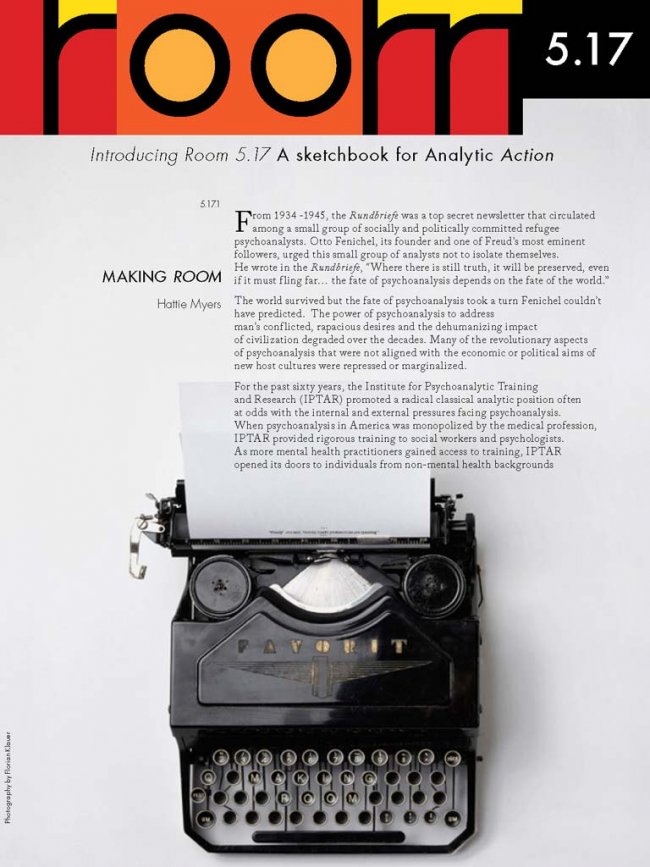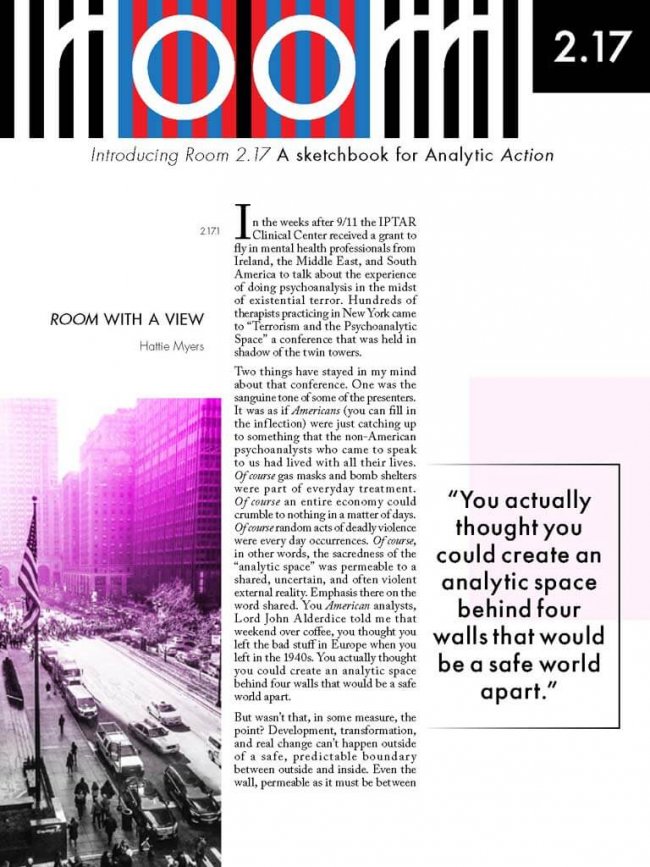MAKING ROOM by Hattie Myers
From 1934 -1945, the Rundbriefe was a top secret newsletter that circulated among a small group of socially and politically committed refugee psychoanalysts. Otto Fenichel, its founder and one of Freud’s most eminent followers, urged this small group of analysts not to isolate themselves…



